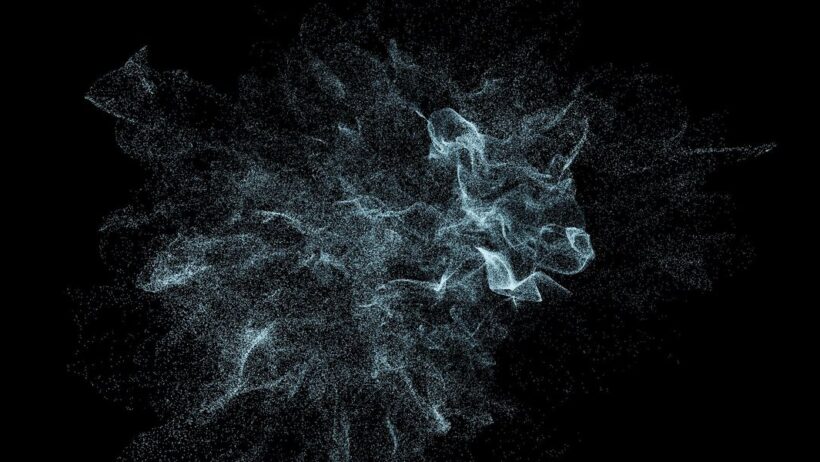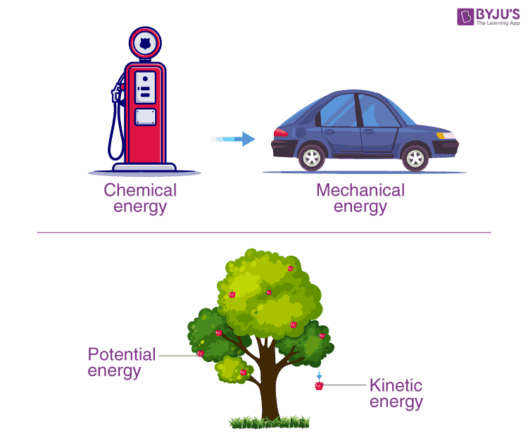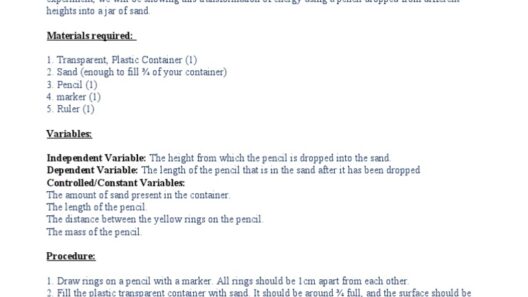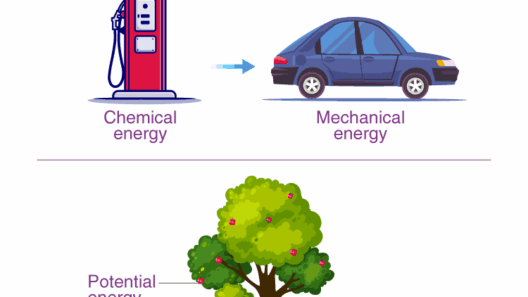Virtual particles, a cornerstone of quantum field theory, frequently elicit fascination and confusion. One prevalent question that arises is whether these transient entities contravene the fundamental law of conservation of energy. To fully understand this concept, one must first appreciate the intriguing world of quantum mechanics and how it contrasts with classical physics.
The foundational principle of conservation of energy states that the total energy within an isolated system remains constant. However, the peculiar nature of virtual particles challenges this notion, compelling scientists to delve deeper into the fabric of reality.
To explore whether virtual particles indeed breach this stalwart principle, an examination of their properties, roles, and implications within quantum mechanics is essential.
Understanding Virtual Particles: The Basics
At the core of quantum field theory lies the understanding that particles are not merely discrete units of matter but also excitations in underlying fields. Virtual particles arise during interactions between these fields. Unlike standard particles, they cannot be directly observed; they exist in a transient state, winking in and out of existence over minuscule timescales.
Virtual particles emerge in pairs and typically come into play during the exchange of fundamental forces. For instance, consider electromagnetism. An electron and a proton might interact by exchanging virtual photons, facilitating their magnetic forces. In this context, virtual particles serve as messengers of interaction, allowing forces to manifest despite their ephemeral nature.
The Heisenberg Uncertainty Principle: A Crucial Insight
An indispensable element in grasping the behavior of virtual particles is the Heisenberg Uncertainty Principle. This principle asserts that the position and momentum of a particle cannot be simultaneously measured with arbitrary precision. In a quantum realm fraught with uncertainty, virtual particles exist in a probabilistic interplay. They can briefly “borrow” energy from the vacuum, thereby influencing interactions without violating physical laws. However, this borrowed energy must return to the vacuum within an infinitely small timeframe, thus conserving overall energy in the broader context.
To clarify, these particles may exhibit fluctuations in energy but do not represent a permanent alteration. Instead, they embody a temporary state that allows interactions without overarching ramifications. Such artistry in the quantum domain lays the groundwork for concepts like vacuum energy and thus provides a safeguard against breaching energy conservation laws.
The Role of Quantum Fluctuations
Delving deeper into quantum physics, we encounter quantum fluctuations, random variations in energy that reflect the inherently unstable and dynamic nature of the vacuum. Linked to the existence of virtual particles, these fluctuations occur even in seemingly empty space, infusing it with energy and activity.
By creating virtual particles, quantum fluctuations enrich our perception of reality. Indeed, the spontaneous generation and annihilation of these particles suggests a vacuum far more complex than a mere void. Despite appearing to challenge energy conservation, the finite lifespan of virtual particles inscribes them into the overarching tapestry of conservation laws. They validate how energy can manifest and dissipate in a probabilistic, albeit controlled, manner.
Cosmological Implications: Dark Energy and the Universe’s Fate
The implications of virtual particles extend beyond theoretical confines to cosmological scales. The phenomenon of dark energy, which is thought to drive the accelerating expansion of the universe, finds potential explanations in concepts surrounding virtual particles. Such theorization links the vacuum energy to the universe’s dynamics while reaffirming the conservation laws that govern energy within a cosmic framework.
If virtual particles and their consequential fluctuations contribute to the makeup of vacuum energy, they ultimately reaffirm – rather than contradict – the energy conservation law on a grand scale. Yet, this exploration invites more questions than answers, as the universe appears eager to reveal its secrets through mathematics and observation.
The Quantum Vacuum: More Than Just Empty Space
As we probe further, it becomes evident that the quantum vacuum exudes a richness previously underestimated. In defining a vacuum solely as empty space, we overlook its complexity. Abounding with virtual particles, quantum fields, and fluctuations, the vacuum shapes our universe’s very fabric.
Thus, the interplay between virtual particles and energy conservation actualizes a profound insight: the fabric of reality unfurls in layers of complexity and nuance. Here, the seemingly paradoxical nature of energy flow does not signify a violation, but rather an intricate dance within the constraints of established laws.
Conclusion: A New Paradigm in Understanding Energy
The interplay between virtual particles and the law of conservation of energy invites us into a world where traditional definitions become fluid. While challenging our understanding, this interaction does not merely flirt with chaos; instead, it epitomizes the elegant dynamics underlying quantum physics.
Ultimately, the narrative surrounding virtual particles resonates with the spirit of inquiry that propels science forward. The mysteries of the universe – including the enigmatic properties of energy and matter – compel exploration. As researchers continue to dissect these interactions, we stand at the precipice of understanding deeper truths that will illuminate the intricate dance of the cosmos.







